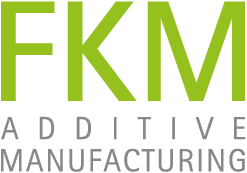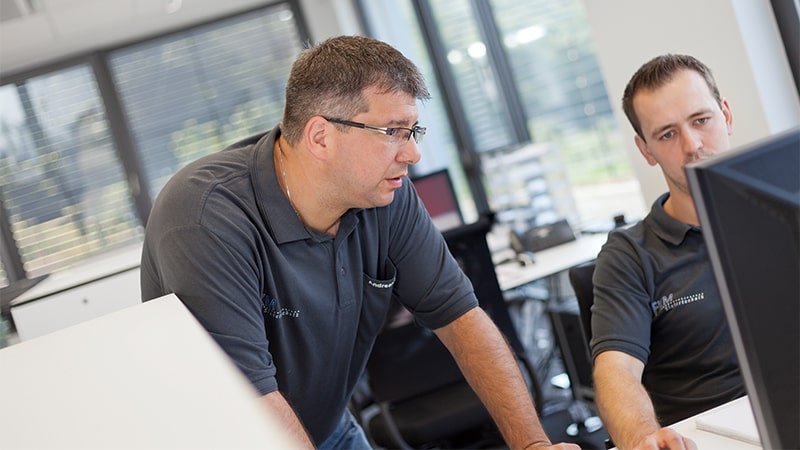What is Multi-Jet Fusion Procedure?
The multi-jet process, also abbreviated as the MJF process, is one of the additive manufacturing methods. The developer is Hewlett-Packard (HP). The material is based on various powder-based plastics. This type of 3D printing does not work with lasers, as in the Polyjet process, for example, but with the help of special thermally conductive liquids, the so-called fusion agents.
How does the multi-jet fusion process work?
As with all other additive manufacturing processes such as selective laser sintering and selective laser melting, the object is created in a CAD program prior to printing. The print data is then forwarded to the Multi-Jet Fusion printer.
On the movable build platform located in the printer, a uniformly heated powder bed (usually 80 μm thick) is applied layer by layer. In a second step, a thermally conductive liquid, the fusion agent, is selectively sprayed onto this powder base – along the previously digitally defined shape. To form the contour, a heat-inhibiting liquid, the Detailing Agent, is simultaneously applied to the powder bed at the edge areas of the component. Subsequently, a lamp heats up the working area. The heat energy emitted leads to physicochemical reactions between the powder and the two fusion agents. Where the thermally conductive agent has been sprayed onto the powder base, a solid material is formed. The Detailing Agent ensures that the edges of the object are clear and sharp, and do not blur with the unused powder outside the specified structures.
The three steps are repeated until the object to be printed is finished. After printing, the hardened workpiece must be removed from the installation chamber and manually freed from excess powder and cleaned. Subsequently, the object can be post-processed and refined.

